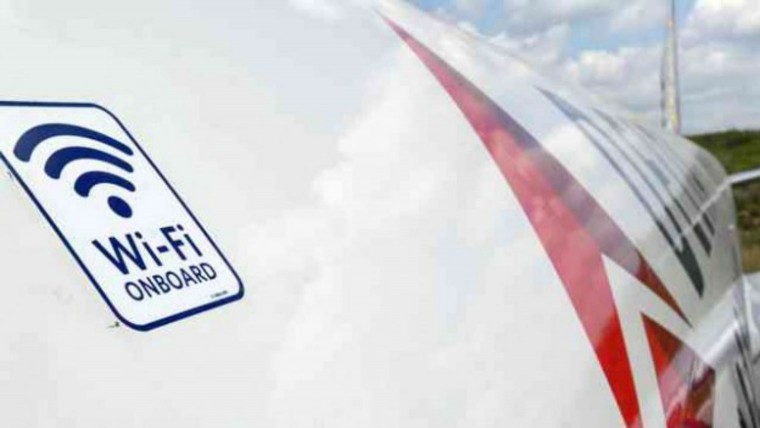Just over six years ago, at the height of the credit crunch, the chief executives of Ford, Chrysler and General Motors flew to Washington DC to seek support for a $25-billion loan package to keep the automotive industry afloat. Their reception was hostile, but not simply because of the size of the sum involved.
“There is a delicious irony in seeing private luxury jets flying into Washington and people coming off of them with tin cups in their hand, saying that they’re going to be trimming down and streamlining their businesses,” noted New York Congress Representative Gary Ackerman.
But would it really have made sense for such senior executives scrambling to save hundreds of thousands of jobs to have wasted their time queuing to get through security, delayed in a departure lounge and then waiting to get off the plane again? Obviously not. However, the incident is totemic as, at a time when public opinion was turning against corporations, business travel was regarded as a luxury enjoyed by the few.
Private aviation is still a niche market, but generally the business aviation market, one of the clearest indicators of the strength of the UK and the world economy, is recovering after the low point of the recession. Honeywell Aerospace, in its 23rd annual Business Aviation Outlook, has forecast 9,450 new business jet deliveries globally, worth $280 billion from now until 2024, an 8 per cent increase in projected sales value compared to 2013.
At all levels, business travel spending is expected to increase 6.2 per cent this year, according to an annual report just released by the Global Business Travel Association, a trade group for the corporate travel industry.
Even some of Europe’s airlines, under attack from low-cost rivals, and suffering from the economic downturn and political uncertainty of the eurozone, are reasonably optimistic. SWISS airlines, for example, report a growth in business-class traffic within Europe.
New services and business models are emerging to meet the evolving requirements of increasingly demanding customers
However, the business aviation sector emerging from hard times is inevitably different to its pre-crash model. Budgets are tighter and passengers want more for less. According to a recent survey by the Business Travel Show, 26 per cent of those asked plan to increase their usage of low-cost airlines this year, while more than a third (38 per cent) bought fewer business-class seats in 2014 and nearly a quarter (23 per cent) will now only pay for business-class travel for flights longer than eight hours.
As you’d expect, though, from an energetic, competitive industry that includes some of the country’s most celebrated entrepreneurs, new services and business models are emerging to meet these evolving requirements and more demanding customers.
“SWISS has reacted to this trend and we launched a new European pricing concept in August 2014,” says the company’s spokeswoman. “With this, we have not only introduced one-way fares and increased flexibility for business customers due to more flexible conditions and fewer restrictions, but we also offer very attractive entry-prices in business class to make it more affordable to enjoy this product, also for leisure customers.”
In addition, business aviation is now more technologically enabled. Communications technology is an agreeable add-on for leisure travellers, but for business flyers it’s a necessity. Free wi-fi is now considered to be twice as important (67 per cent) as free breakfast (32 per cent), according to research published this month by business travel agency Egencia.
“One of the biggest technology trends of the next few years will be in-flight connectivity,” says James Bryson, president Europe, Middle East, Africa and India, at Honeywell Aerospace. “Connectivity will be, without doubt, a major differentiator for most airlines, as passengers increasingly expect fast, reliable in-flight wi-fi for their smartphones, tablet devices, and laptops.

Business flyers consider free wi-fi to be more important than a free breakfast
“With new connectivity systems, such as Inmarsat’s GX Aviation service due to come online later this year, we are going to see a real shake up of the market and in-flight wi-fi will become a major differentiator for airlines.”
While low-cost carriers have begun to target the more price conscious business traveller, at the other end of the fare scale, private jets, once seen as the preserve of movie stars and billionaires, are increasingly being used by business passengers. But, here too, cost is key and new disruptors are driving down fares. With price comparison and online booking now standard in airlines, companies such as PrivateFly, founded by a former RAF pilot Adam Twidell, have given the same functionality to private jet customers.
“Time-saving is the key reason most people choose private-jet travel, rather than luxury,” says Mr Twidell. “Previously, many business travellers would have thought a private jet would be unaffordable and complex to arrange, but now more transparency on pricing and access means customers are able to find out how much it actually costs to fly by private jet, and book more quickly and easily.”
As the business travel industry takes off again, the bosses of those recession-hit car manufacturers would be able to get a better deal on their private jet travel, while many other business passengers can also enjoy new services and lower fares.

